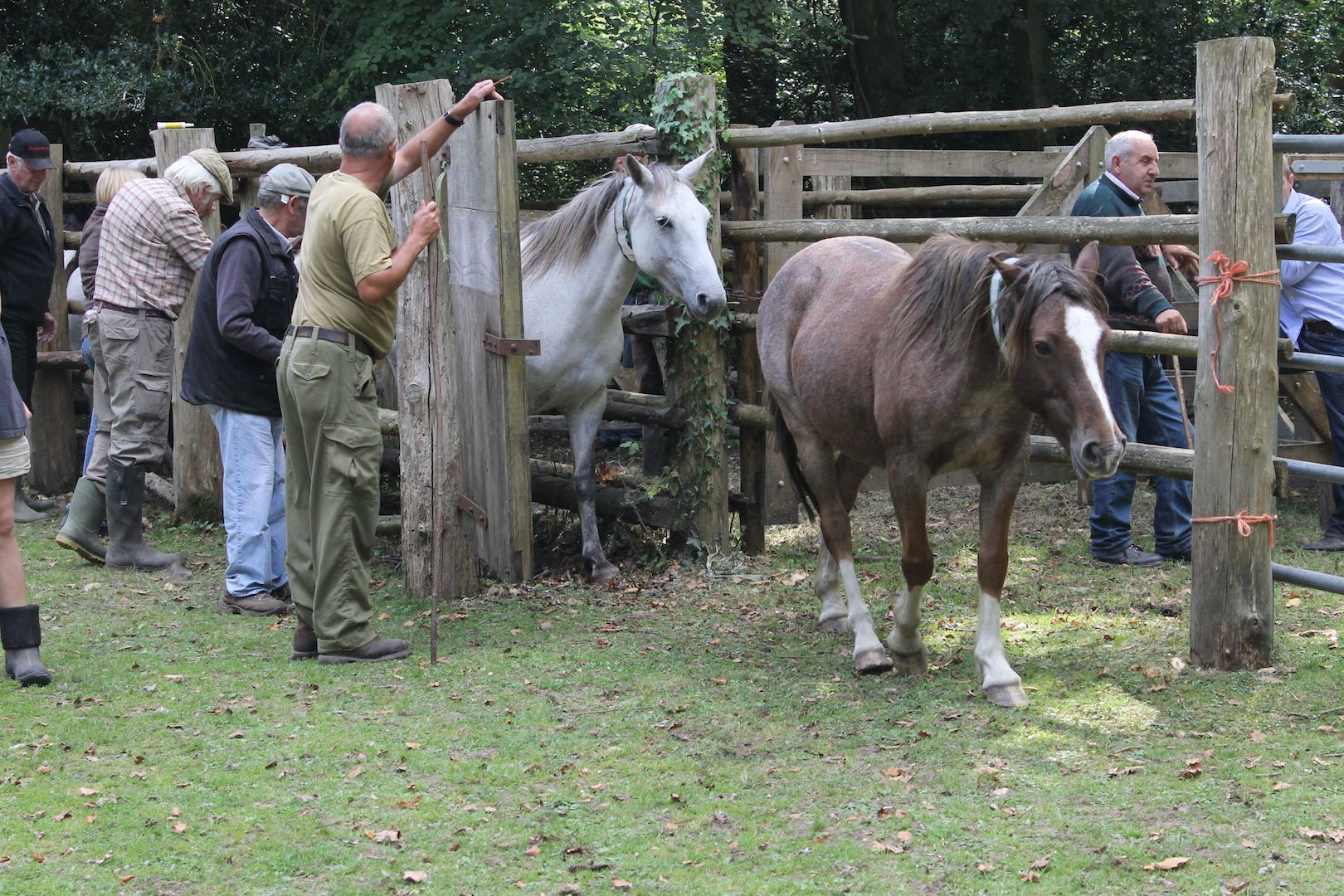The practice of commoning on the New Forest fills me with fascination. Learning about its history is totally absorbing and as I discover more about the events, community, and characters that have maintained the commoning system the more I want to know. Luckily for me the New Forest has a wealth of documentation that has recorded many aspects of its economic, political and social structure, its legal system and natural environment going as far back as the Anglo-Saxon Chronicles and the Doomesday Book. Some place names even pre-date the creation, in the 11th century, of the New Forest and record the natural features, aspects of pagan religion and even individual residents who lived here nearly a thousand years ago.
Several of the commoning families, who have turned out ponies and cattle for many generations, are a great source of information and practical support for me too. Much of the practice of commoning cannot be learned in books and in order to really understand the intricacies of this ancient pastoral system it is necessary to spend time in their company. The advantage to this of course is that I get to hear the personal histories and anecdotes that have generally been beneath the notice of academics and scientists and so haven’t been written down. These are narratives that weave the very fabric of the New Forest into the telling. It is obvious to me that the majority of commoners continue the system, not for economic reasons, but because it is a family tradition and way of life in which they grew up. The free-roaming animals are of course central to commoning and vital to the ecology of the Forest but the social aspect is also a major factor in continuing the practice. Commoners meet during drifts and colt-hunting, at markets or sales, at shows or at the point-to-point races and such gatherings reinforce social bonds and enable community cohesion.
Unfortunately the past few decades have seen a marked decline in the numbers of practicing commoners. Gone are the days of the once abundant Forest commoning smallholders who kept a mixed production enterprise with a high-degree of self-sufficiency; who turned out ponies and cattle and relied upon seasonal work, with local landowners or forestry services, to supplement their incomes. When, in the 1850’s a Parliamentary Commission set out to establish the rights of those living in the New Forest 1200 claims were allowed. There are probably about 500 practicing commoners on the New Forest today. The reasons for the decline are many and varied but one of the causes most often cited is the increase in property prices. The popularity of the Forest as a visitor destination, a trend that began in the Victorian times, has meant that it has also become a favoured location for retirement or second homes. As people seek a rural idyll in the New Forest the cost of housing and land vital to the continuance of commoning has soared. The average property on the New Forest is now priced beyond the reach of most established commoning families. Some efforts have been made to establish a stock of housing available for the commoning community through initiatives such as the Commoners Dwelling Scheme, which was set up in 1992 and is now administered by the New Forest National Park Authority. But, the New Forest Commoners Defence Association, who have been protecting commoner’s interests since 1909, believe that stakeholders also need to recognise that the New Forest is a working forest and to work closely with the commoners to enable them to continue their activities.




You must be logged in to post a comment.